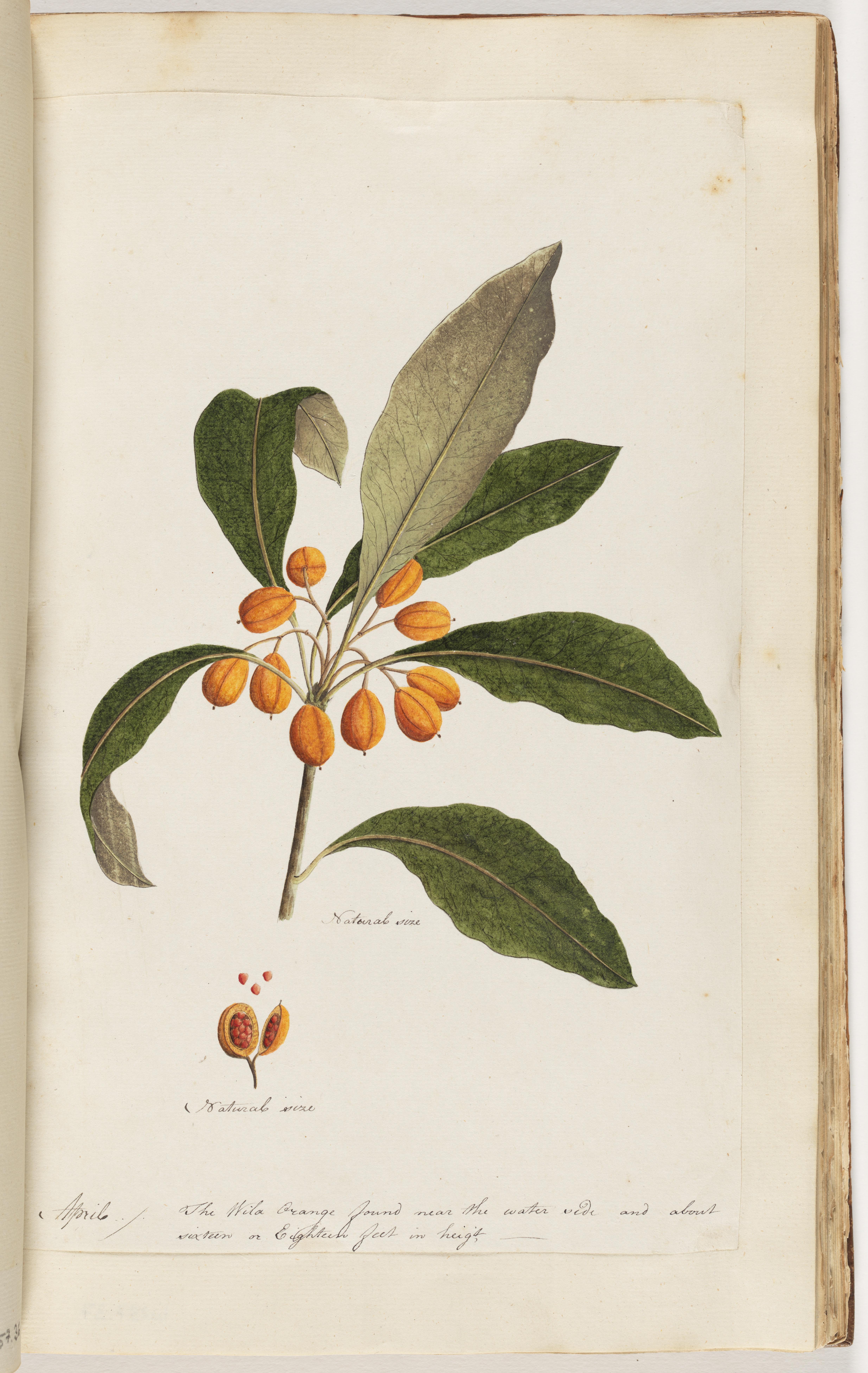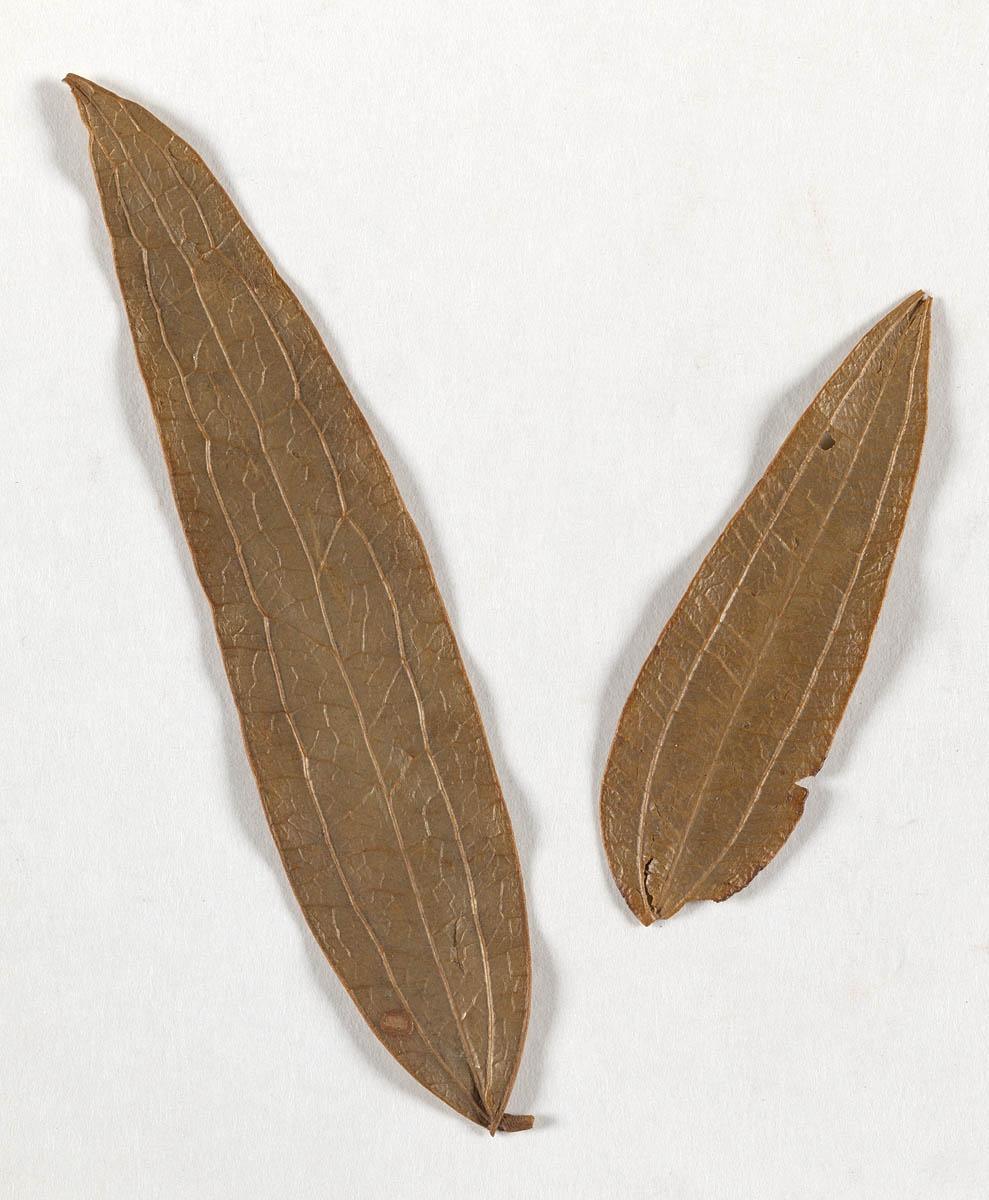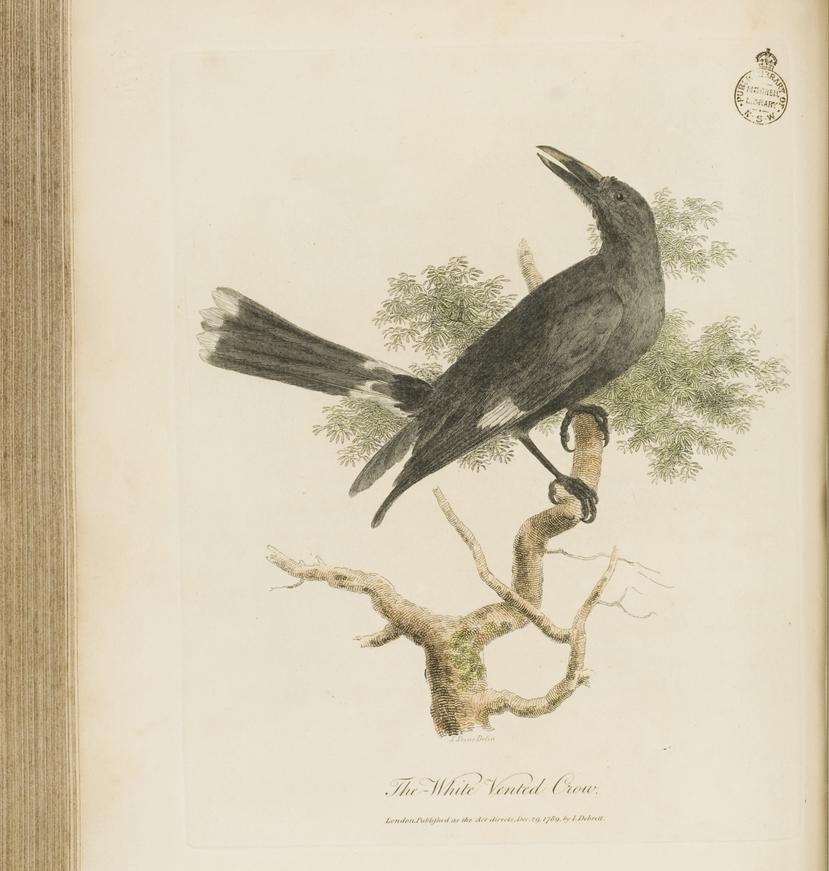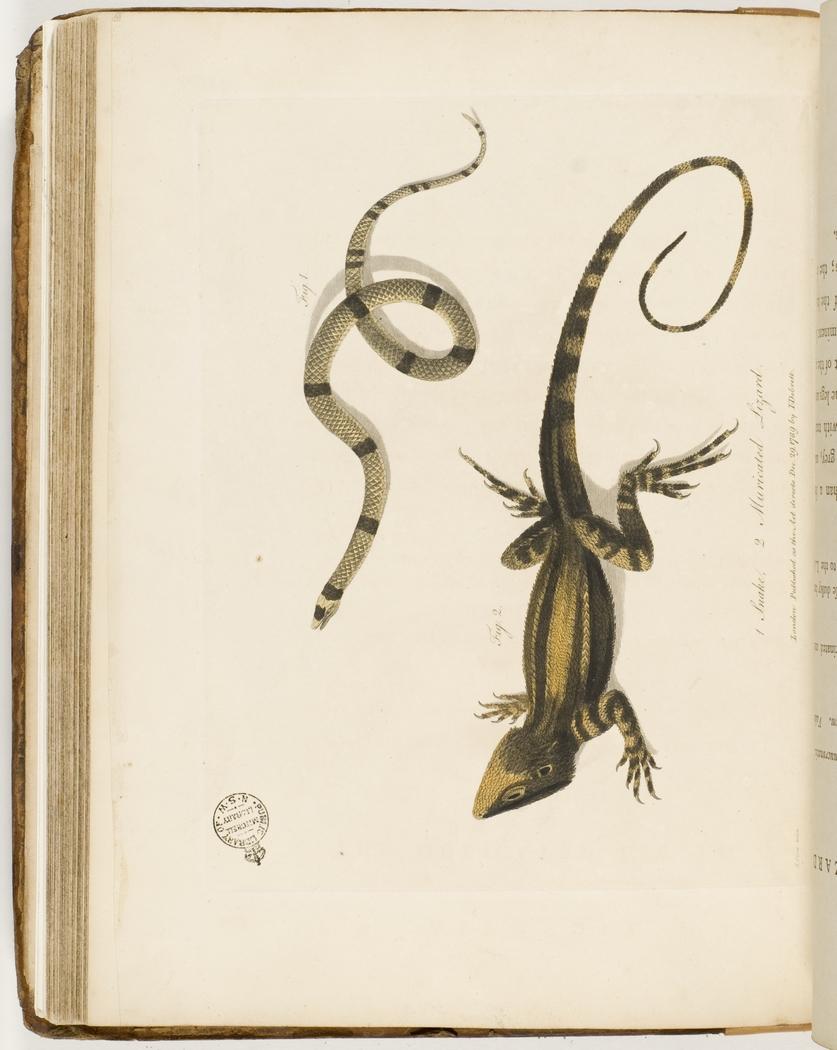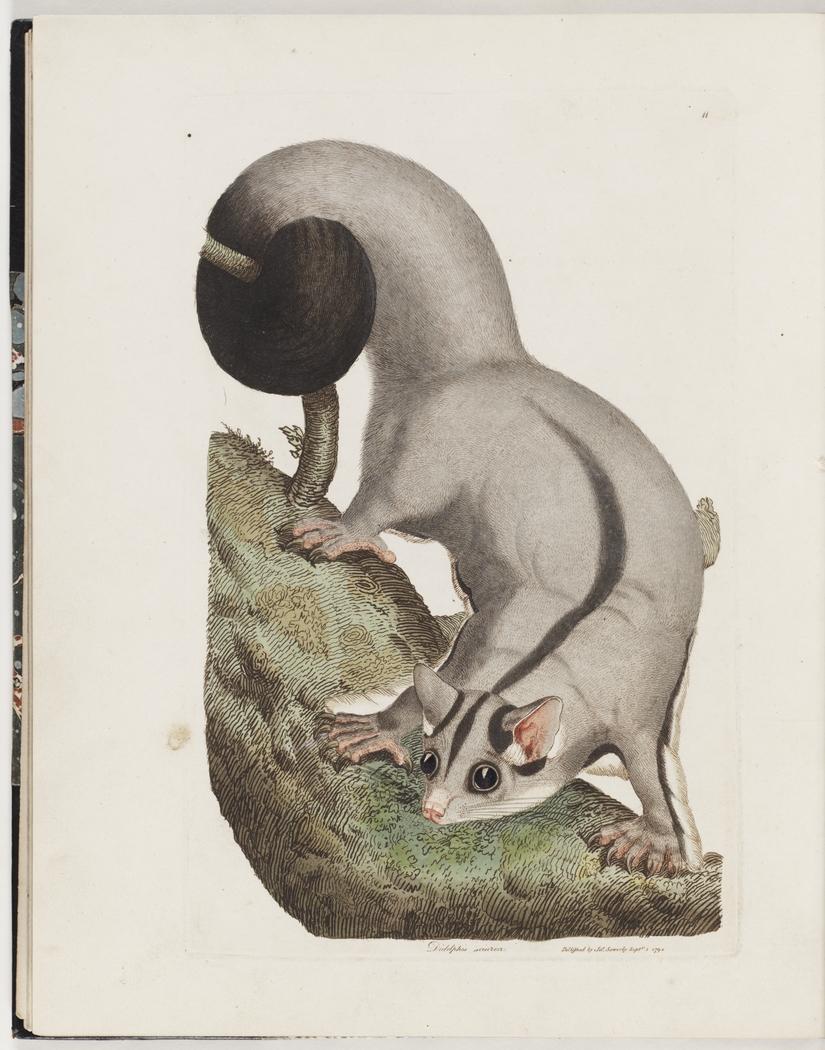The Food That Was Found
Students research the many different food sources that were found in the colony.
This is the student activity 1 of 8 of the Food of the colony learning activity.
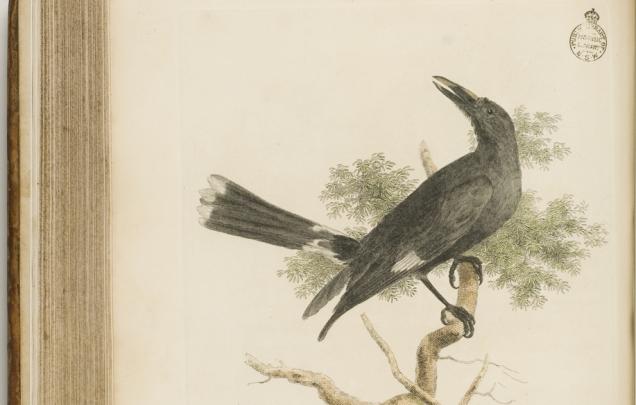
The Food That Was Found
The colonists looked around for other sources of food in their local environment. They went hunting and foraging for local food along the edges of the waterways, in the harbour and in the bush. The officials controlled the distribution of fish that had been caught with nets and large marsupials that had been hunted but smaller finds could be kept by the person who caught them.
Read the following quotes from primary sources about local edible plants and animals they found.
Judge David Collins wrote in his journal in February 1788 that:
[We] found in the country… wild celery, spinach, and parsley.
Surgeon George Worgan commented in early 1788 that:
Of Fruits Trees we have found a small Fig, and Berries …Among the useful we have discovered, Balm, Parsley, Samphire, Sorrel, & a kind of Spinnage.
Lieutenant William Bradley said in February and March 1788 that:
We found Fish plenty…there is a great quantity of shell fish… Oysters very large…a Crab was caught & proved very good.
Surgeon George Worgan recorded in June 1788 that:
The Opossum,…& Rat Species are in great plenty,….All the Animals… that I mentioned …make no despicable Meat.
Lieutenant Ralph Clark wrote in July 1788:
nothing goes a miss here Snakes and Lisards are become good eating.
Surgeon George Worgan wrote in June 1788:
The Emew...The Flesh of it eats like young Beef, and one of its Side Bones was more than enough for four of our Dinners. Quails, Pidgeons, Doves, Plover, Cockatoos, Beautiful Parrots, Loriquets, Crows, Hawks, and a variety of other kinds of Land Birds have been shot by our shooting Parties… Of Water Fowls Ducks, Teal, Heron, Cranes, have been shot, and one Black Swan.
We do know that colonists enjoyed eating parrot pie!
And lastly, read what Judge David Collins’ servant tasted something new, and shared in the eating with Aboriginal people:
In the body of the dwarf gum tree are several large worms and grubs, which they speedily divest of antennae, legs, etc and, to our wonder and disgust, devour. A servant of mine, an European, has often joined them in eating this luxury; and has assured me, that it was sweeter than any marrow he had ever tasted.
Answer these questions:
- What had the servant eaten?
- Do you think David Collins would like to try some of the food collected by the Aboriginal people? How did you come to that conclusion?
- Do you know of other countries around the world that eat insects today?
- Why were some colonists so reluctant to sample the food the Aboriginal people were eating?
- Is there something you were reluctant to taste that you now enjoy eating?
Research any food or plants you don’t know.
Look at the paintings, below. These were just a few of the local food sources in the early colony. We can’t be sure of all the local fruits and berries that the colonists ate but perhaps naming the fruit ‘wild orange’ suggests it was eaten.
Answer these questions about both the quotes and the images:
- How do you think the colonists used the sarsaparilla leaves? [Answer in Additional Information.]
- Would we eat any of these animals today? Have you eaten any? Would you like to try any?
- Are any of these animals protected by law in Australia today?
Did you know? Another colony was established on Norfolk Island in 1788 and the native Mount Pitt bird saved the island from starvation as it was easily caught and delicious to eat. By 1800 the bird was extinct!
For information about eating turtle and kangaroo pie, see Celebrations as part of the Idle Hours learning activity.
Enough For Everyone?
The colonists fished the harbour and collected so many oysters that they began to run out. We can only imagine how frustrated and angry the local Aboriginal people were, when yet another food source was depleted needlessly. Aboriginal people understood how to thrive on this continent because their ancestors spent tens of thousands of years learning its seasons, floods, fires and lifecycles. The colonists spent little time learning or listening. Instead of understanding this ancient country they became fixated on transforming it.
Another effect of depleting food sources created by these new hunters and fishers was that Aboriginal people were driven away from their ancestral homes and hunting grounds. Aboriginal people were struggling to find food and water so were being forced into unfamiliar territory by the expanding colony. Many Aboriginal people were arrested or assaulted for ‘stealing’ sheep as the kangaroos and possums they relied on for meat and fur had been cleared away to create farmland.
Despite the food growing all around them the colonists looked for familiar edible plants that resembled the English ones they knew. Instead of learning the original (non-European) names of these new plants and their uses they renamed them with English names like berries and spinage (spinach). However, when supplies of these were located, it was the case once again, that were too many new people to feed and so the supplies were quickly depleted.
Answer these questions:
- Why did the colonists nearly starve?
- Who had the knowledge of other food sources?
- What might have happened differently if the colonists learned to harvest native grains and medicines?
Discuss the idea of everyone, the colonists and Aboriginal people, sharing their knowledge and helping each other in the early colony.
Answer these questions:
- What reasons would the colonists have for doing this?
- Do you think there were any of the colonists not wanting to collaborate with the Aboriginal people? Why?
- What reasons would Aboriginal people have to help the colonists? Consider this: Did they want to?
Create a venn diagram to plot different groups’ motivations.
Not all the discovery and tasting of found local food sources was successful. Governor Arthur Phillip and Surgeon John White were poisoned on one of their exploratory trips.
Read Surgeon John White's 1790 journal as he recalls:
As we proceeded along a sandy beach, we gathered some beans, which grew on a small creeping substance not unlike a vine. They were well tasted, and very similar to the English long-pod bean. At the place where we halted, we had them boiled and we all eat very heartily of them. Half an hour later, the governor and I were seized with a violent vomiting.
Arthur Phillip and John White had gathered Beach Beans (Canavalia rosea) and probably tried them raw before boiling them. If the beans are cooked they are edible. We know that Captain James Cook ate them at Endeavour River in 1770.
Create your own delicious recipe for something you and your family would enjoy eating, using the found foods listed in this task plus the basic rations of salted beef, salted pork, pease (dried peas), butter, rice, sugar and flour. You could even use the hospital’s medical supplies of raisins, Indian sago, spices and vinegar. This is what might have been available to convicts if they were cleverly foraging for some local food or perhaps stealing it from the hospital. If you are using the beach beans in your recipe please make sure it includes the cooking of them, you don’t want to make anyone ill!
